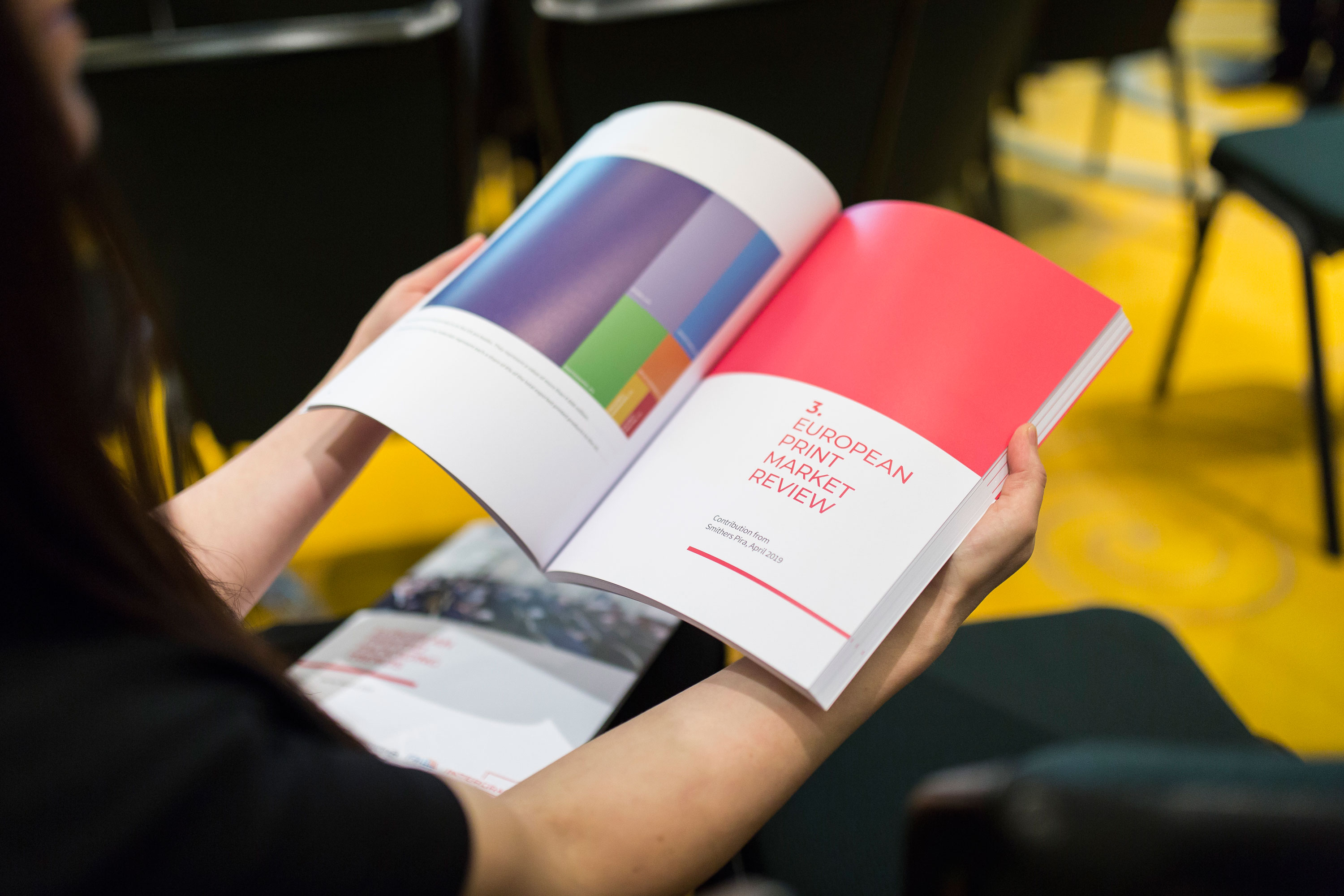Advertising, Publishing and Cash after COVID-19 - what comes next?
2 June 2020

ADVERTISING IN THE WAKE OF A PANDEMIC
With abrupt retail closures and companies working only on business critical activities, many brands have entered a "dark period" devoid of advertising. During this time, the way in which consumers engage with brands has changed, making advertising more challenging, but also more necessary.
NEW HABITS
Navigating the best way through the COVID-19 crisis has been a universal challenge and much has changed as a result - for individuals and companies.
On top of the barriers all businesses are experiencing in their quest to continue normal operations, brands are having to grapple with a completely different context in which to sell their products. Our habits have changed. From teleworking, to media consumption and e-commerce, new trends can be seen. Not only this, but the perspectives of customers changed overnight. What was yesterday seen as acceptable (e.g. a group of people in close proximity), today appears out-of-touch.
BRAND LOYALTY
For many brands, the crisis has resulted in a freeze on advertising. For the printers of such products, this has had a huge impact. For consumers, such a freeze, combined with the physical restrictions of the COVID-19 crisis, has destroyed brand loyalty.
In a recent survey from Bauer Media, results show that "99% of audiences are currently willing to accept an alternative product/brand to usual, with 91% having already switched brands since the outbreak. As a result, 76% of consumers intend to change their loyalties sticking with new brands that they’ve tried or being more willing to try new brands in the future." The Nielsen Company has further underscored the importance of advertising in a recent report, which states that "decisions to go dark [...] put[s] long-term revenue at risk" by up to 11%. The longer there is no advertising, the longer it will take to rebuild brand loyalty.
To regain customers, advertising must play a key role in brands' recovery plans.
IMPACT ON PRINT
As shops begin to operate again and there is a slow re-opening of the economy, brands need to advertise to bring customers back to their products. This will ultimately help print.
COVID-19: A CHALLENGE AND AN OPPORTUNITY FOR PUBLISHERS
Many of the trends experienced by publishers in recent years have been accelerated by COVID-19. The sector must now weigh up how to respond.
FIPP, the network for global media, has released a report assessing the effects of the coronavirus on publishing. The report gives insights into content, distribution and newsstands, subscriptions, web traffic, events, ad revenue and bailouts.
Because of social distancing, newsstand sales of magazines have fallen, while the demand for subscriptions - print and digital - has grown. However, with everybody at home, creating content is facing major barriers, as is the organisation of events. Publishers are also seeing increasing web traffic, which presents an opportunity (see also this FIPP report), but there is a lack of clarity on how to monetise it. Moreover, government support for publishers in Europe tends to be general and not directed specifically at media. Although in the UK, plans to bring forward plans to scrap VAT on e-publications have been brought forward.
WHAT DOES THE FUTURE HOLD FOR CASH?
Concerns have mounted about the role of cash in spreading COVID-19, despite the fact that it carries no more risk than other items (arguably even less because it is a dry surface). Will these misconceptions hasten the decline of cash?
Despite the general trend towards cashless payments, many people still rely on cash - 20-30% of people in the UK, for example (BBC). With the coronavirus instilling a fear of touch, cash use has declined - prohibited in some cases. This has led to widespread speculation about the risk of virus transmission on banknotes and coins.
The World Health Organisation has clarified that the virus "will not survive for very long on surfaces, particularly on a dry surface like a banknote", and that person-to-person contact is the main driver of transmission (Euronews). In general, the risk of contracting the virus from surfaces is very low (WHO).
“Most transmission of the virus that causes the COVID-19 disease is through person-to-person contact and not from touching objects”
Euronews
Although the use of cash has declined for now, the long term effects of COVID-19 on cash use is yet to be seen. A full picture will only emerge when businesses have reopened and people start to spend their money again.
{K2Splitter}





